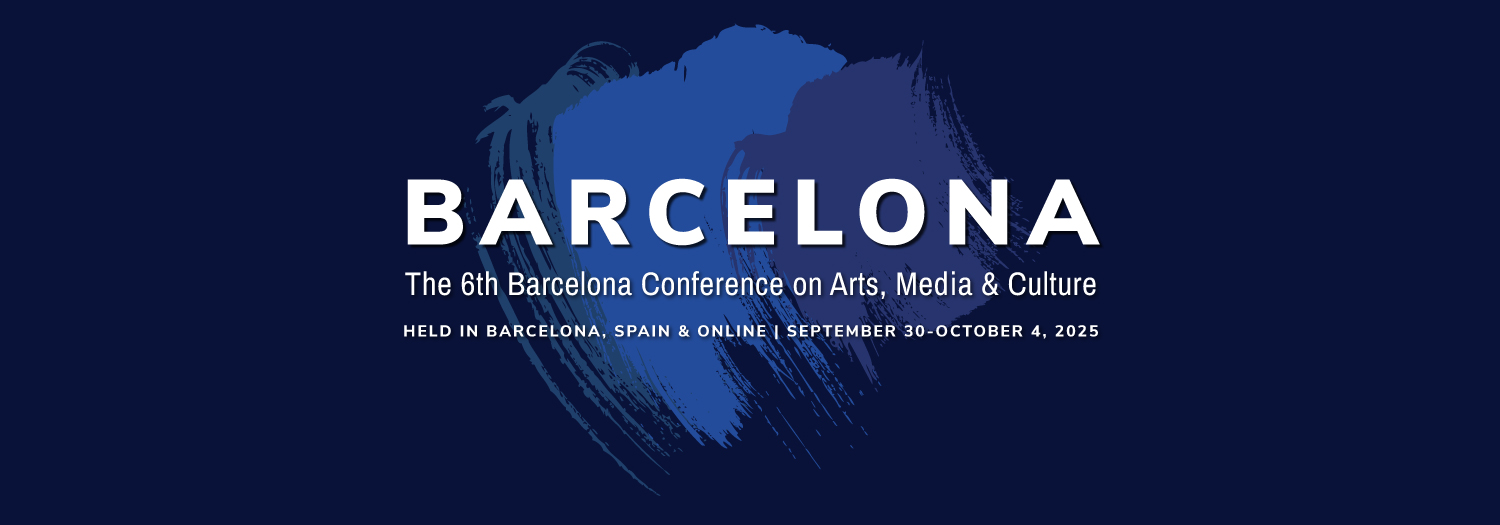New Ways of Living the Domestic Environment: An Analysis of Flexible Design with the Proposal of an Experimental Case Study (84841)
Session Chair: Andrada Fiscutean
Saturday, 16 November 2024 12:05
Session: Session 3
Room: Live-Stream Room 3
Presentation Type:Live-Stream Presentation
– click here to convert to your timezone
The 1972 exhibition “The New Domestic Landscape”, which explored constructed and domestic environments, marked a pivotal shift in the design vision, influenced by political, cultural debates, and evolving social living of the time. This reflection focused on the relationship between humans and objects, a milestone of Italian design masters’ philosophy. Following this heritage, contemporary designers address modern living needs through flexible, multifunctional spaces equipped with modular and adaptable furniture. The paper examines Joe Colombo's design scenarios, viewing living spaces as “habitats” reflecting “social, political, technological evolution” (Vitta, 2020). Fluid living spaces have transformed home functions, attributing them new roles linked to different lifestyles. Today's design culture refers to the observation of behaviors within domestic spaces and the coexistence of activities in the same environment, which shape the appearance of homes (Molinari, 2020). Lauda (2012) reimagines living spaces as flexible, where the actions taking place affect the morphology of the environment with concealed objects that make the home not just a container of monofunctional areas, but empty spaces to be set up and adapted according to needs. Homes transform into multifunctional spaces for private life, work and socializing. The rise of smart-working, especially post-COVID-19, has blurred domestic and work space boundaries, emphasizing indoor quality (ventilation, lighting, soundproofing) and emotional well-being (psychophysical comfort). The paper describes the experimental case study “Metaforma”, a modular system of polyurethane foam elements that can be assembled in different configurations to suit the body, addressing adaptability for work and rest, enhancing customization, comfort and daily activity efficiency.
Authors:
Domenico Di Fuccia, University of Campania "Luigi Vanvitelli", Italy
Giuseppe Sorvillo, University of Campania "Luigi Vanvitelli", Italy
Federica Rivieccio, University of Venice Iuav, Italy
About the Presenter(s)
Domenico Di Fuccia is a PhD student in Design for Made in Italy at the University of Campania "Luigi Vanvitelli", where he plans to further his research and impact in the field of industrial design.
https://www.linkedin.com/in/domenico-di-fuccia/
Giuseppe Sorvillo is a recent graduate in Design for Innovation from the University of Campania “Luigi Vanvitelli”. His current research focuses on exploring themes in social design and innovation design.
https://www.linkedin.com/in/giuseppesorvillo
Connect on Linkedin
https://www.linkedin.com/in/domenico-di-fuccia/
See this presentation on the full schedule – Saturday Schedule





Comments
Powered by WP LinkPress